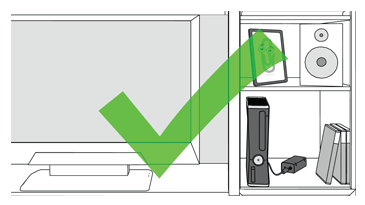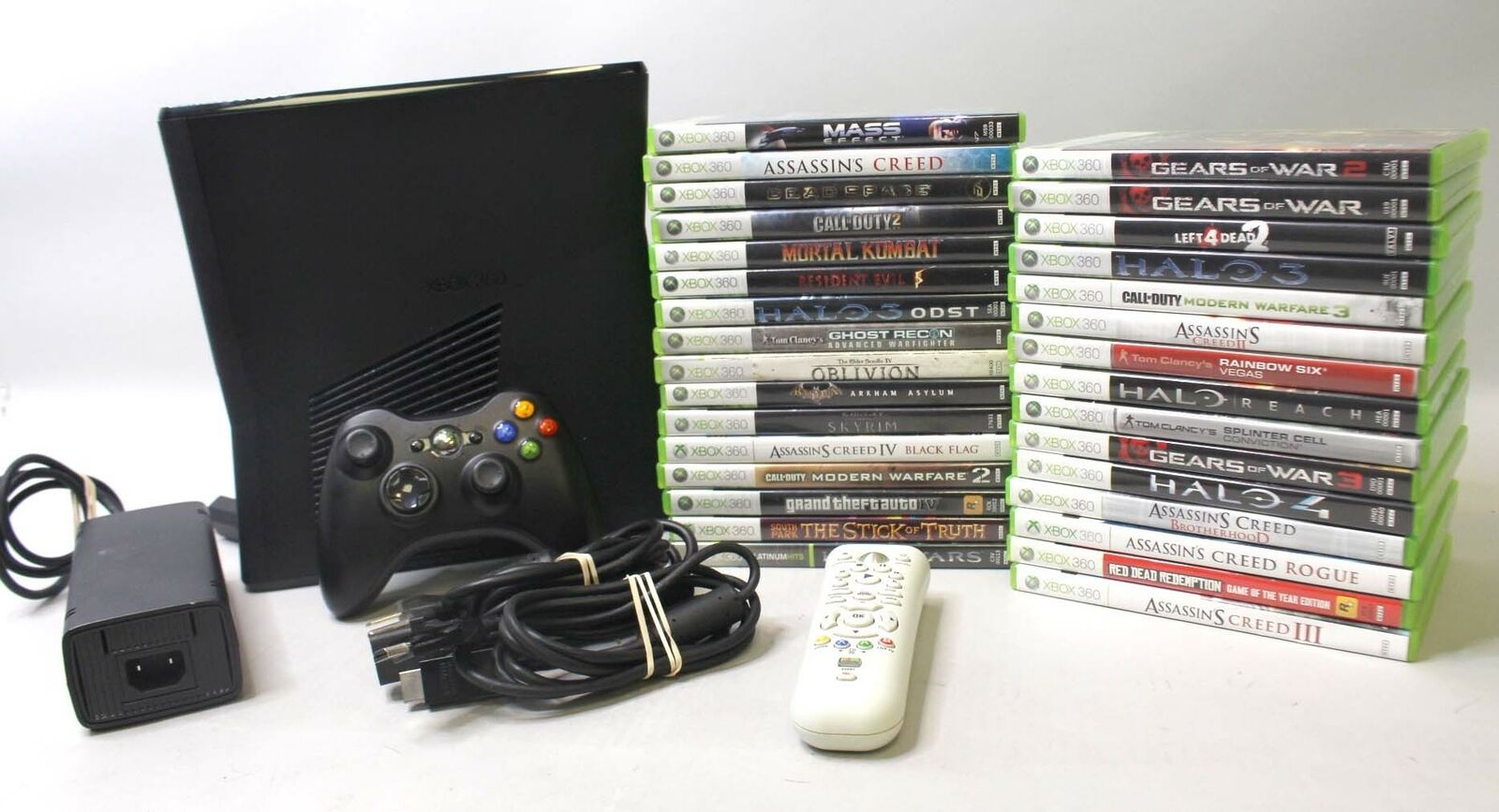

Seeing no excuse to fix what wasn’t broke, the Xbox 360 controller had the same button layout: Two trigger buttons, two shoulder buttons, four face buttons, two analogue sticks, start and select buttons, a home button and a D-pad. Microsoft eventually rectified this, creating a far more ergonomic controller for their system. The original Xbox controller was a massive piece of plastic, roughly the size of a Volkwagen Beetle and even more unwieldy to use.

With an ATI graphics card deal in place, headhunting for top executives to help steer the project and courting numerous developers to develop for it, Microsoft meant business this time around with the sequel console. Some of the names thrown around for this console were the Xbox Next, Xenon, Xbox 2, Xbox FS or NextBox, before Xbox 360 was chosen as the final designation. They’ve got some ideas in the pipeline for a successor console that will be bigger, better and boxier than the original device. The year is 2003, and Microsoft wants to get ready for a next generation of gaming. Let’s put our hands on our hips, jump to the left and travel back in time. But it was the Xbox 360 that proves that Microsoft could stand with the big boys, and make gaming even more mainstream. The Xbox One launches locally on September 23, and we’ve already covered the foundation that the very first console laid down when it launched in 2001. That’s ok, that’s cool, we’ll wait for you.

By now, you’ve probably read part one and will want to read it again. Welcome back to part 2 of our look back at the history of Xbox.


 0 kommentar(er)
0 kommentar(er)
